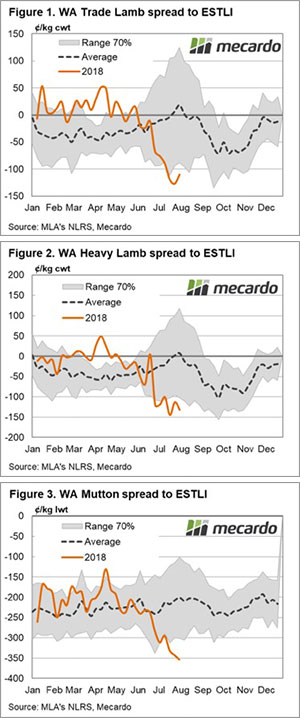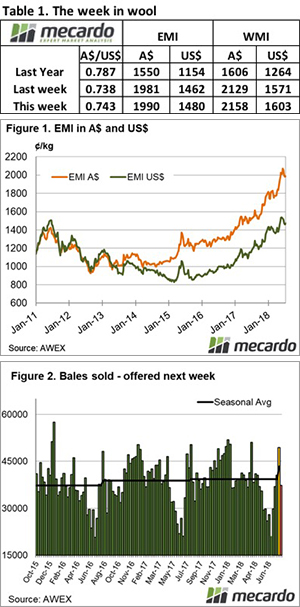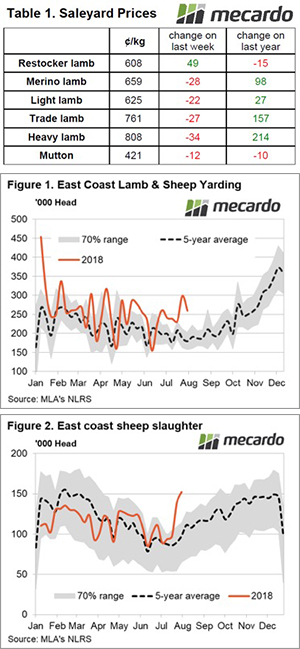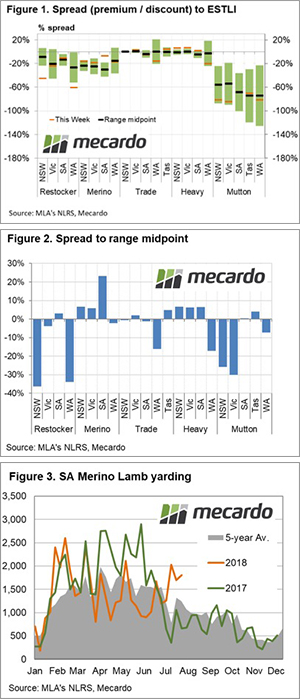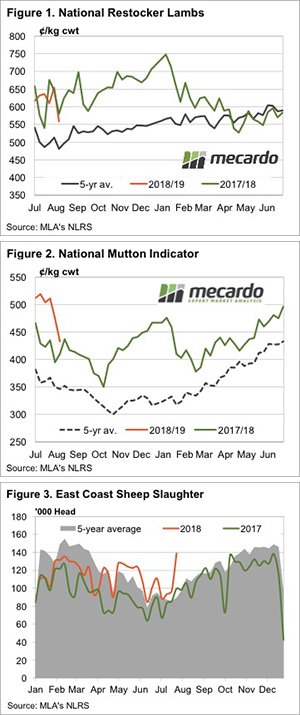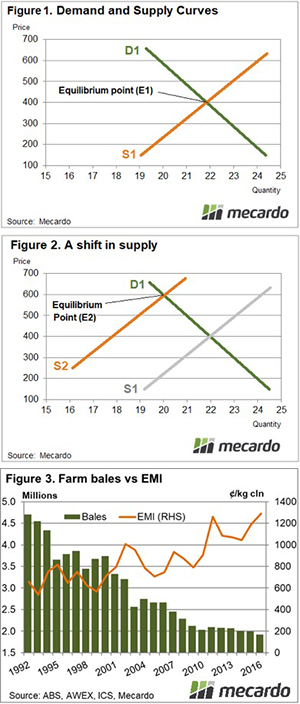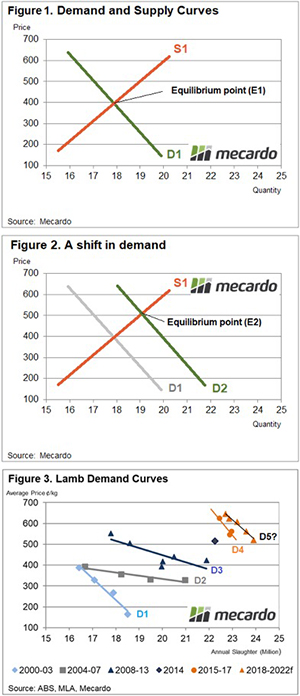After the extraordinary price moves of last week, the wool market seemed to be in a grumpy mood with across the board retreats in prices at the 2-day Melbourne and Sydney sales.
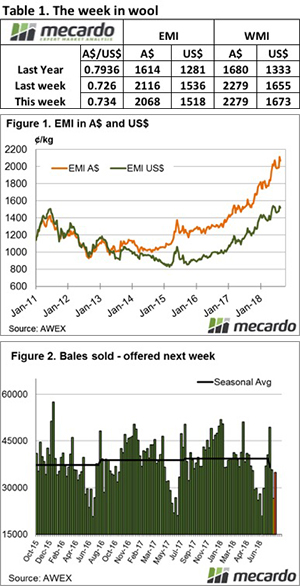
The Eastern Market Indicator (EMI) fell back from the start and never recovered, losing 48 cents for the week, to settle at 2068 cents Au$ (Figure 1).
The Au$ played a part in the falls by improving almost 1 cent for the week to 73.4 cents, causing the EMI to fall to a lesser degree in US$ terms, closing at 1519 US cents, down 18 cents on the week.
Sellers reacted strongly to the price pull-back, passing in 10.8% of the offered bales resulting in a clearance to the trade of 26,499 bales. This is the lowest clearance of bales since June, with the season weekly average now sitting at 36,600 bales, down from the last season average of 39,200.
This resulted in a dollar value for the week of $63.5 million, with a combined value of $415.66 million so far this season.
Again, this week in a softer environment buyers were selective. Last week small faults were ignored as buyers sought to secure quantity, but this week they were again discounted, at times severely.
Skirtings and Crossbred wool also tracked downward according to AWEX, giving back much of last week’s gains.
Merino Cardings bucked the trend to post modest improvement on limited offerings, however, Melbourne was quoted down 24 cents.
This week is the annual Wool Week conference in Melbourne (hence the Tuesday/Wednesday sale), where all participants come together. No doubt there will be a lot to discuss concerning demand, supply and price. While this week was somewhat sobering after the strong lift last week, in the context of long-term prices these levels are still at the very top.
Concerns regarding supply are coming through from processors, the drought and the sell down last year of virtually all wool held in stores, has led to a forecast of reduced supply in the coming season.
Next week Fremantle returns to the roster, with all centres selling on Wednesday and Thursday. The Sydney sales are designated Australian Superfine Sales. An increased offering of 34,960 bales is rostered, and the following week, a lift again to 37,280 bales.



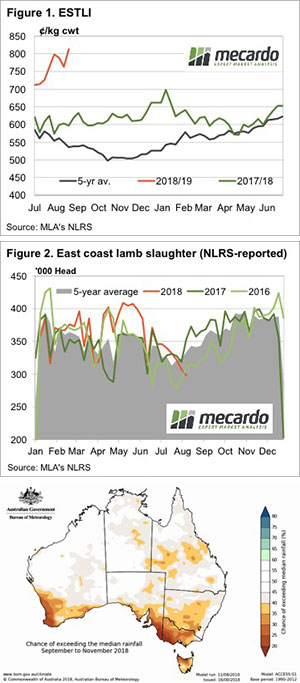
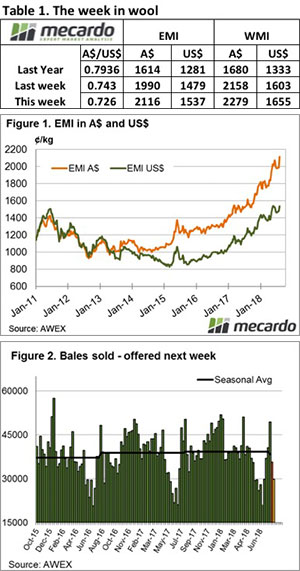 the start and never looked back, gaining 126 cents for the week, to settle at 2116 cents AU$ (Figure 1).
the start and never looked back, gaining 126 cents for the week, to settle at 2116 cents AU$ (Figure 1).
